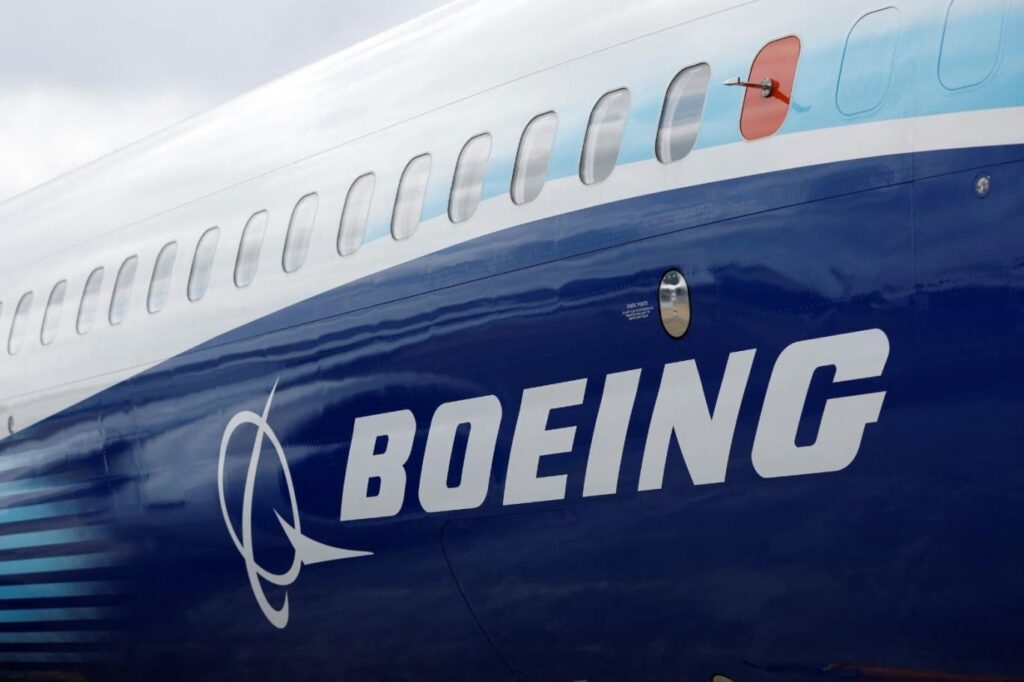When you see a Boeing airplane at the airport, you may have noticed that its numbers usually start and end with 7. This is a standard used in the company’s model nomenclature, but the reason behind this numbering and its history is a matter of curiosity for most people. There are some theories and facts behind Boeing’s adoption of this numbering system.
707 Model and Related Theories
First of all, there is an interesting theory about the 707 model. According to some scientists from the University of Houston, the numbers ‘707’ may represent the first three digits of the sine and cosine values of 45 degrees in mathematics. However, the wing angle of the 707 model is 35 degrees, which weakens this theory. There is also a misconception about the passenger capacity of the 707; the maximum passenger capacity of this model is 219 people, which is not directly related to the number 707.
Boeing’s Practical Numbering Approach
Boeing’s numbering system actually stems from a very practical approach. When the company launched the 700 series, this numerical designation allowed engineers and marketers to easily differentiate between the different models in the company’s portfolio. The numbers from the 100 to 900 series represent various types of aircraft, while the 700 series is specifically reserved for jet-powered commercial aircraft.
Boeing’s Strategy in terms of Marketing and Brand Awareness
After the great success of the 707, Boeing decided to continue with this numbering format. The 7×7 format was found to be very catchy and attractive from a marketing perspective. This consistency in aircraft nomenclature played an important role in increasing brand recognition and recall.
As a result, Boeing’s 7×7 numbering system has been of great benefit to the company in terms of both practical and marketing strategies. This number sequence has become iconic in the company’s history and in the aviation industry. Don’t you think Boeing is right with this numbering?
Source: Flight Radar24
